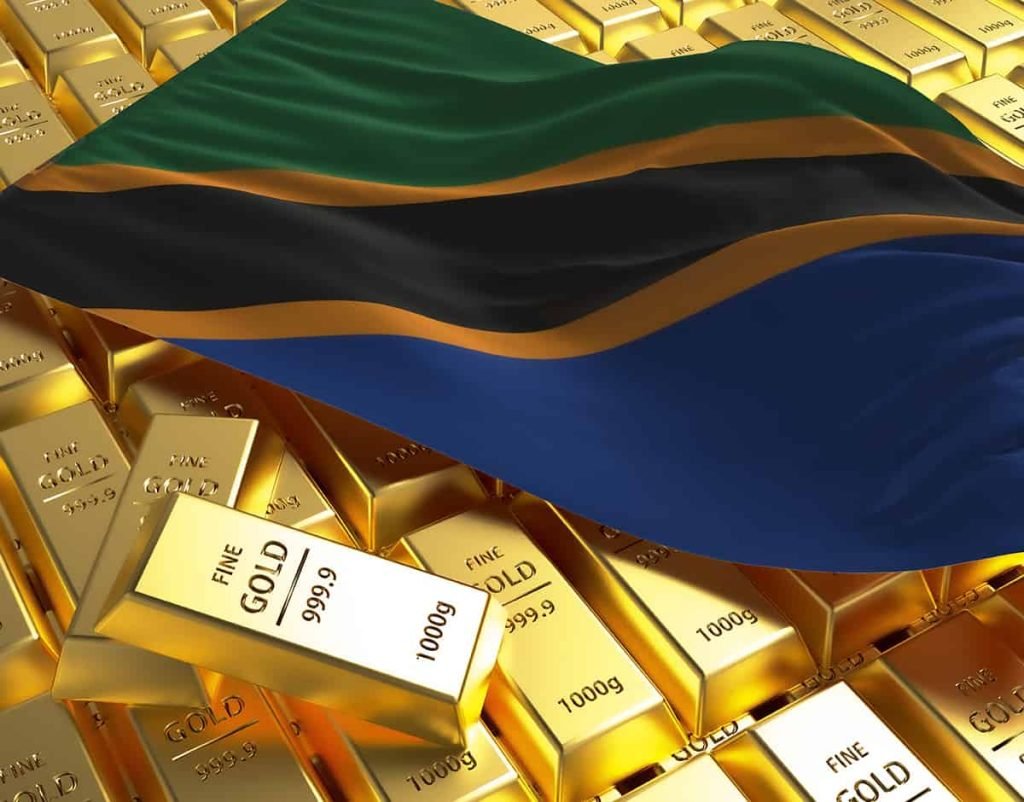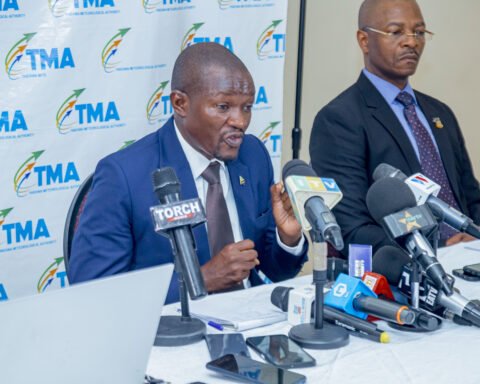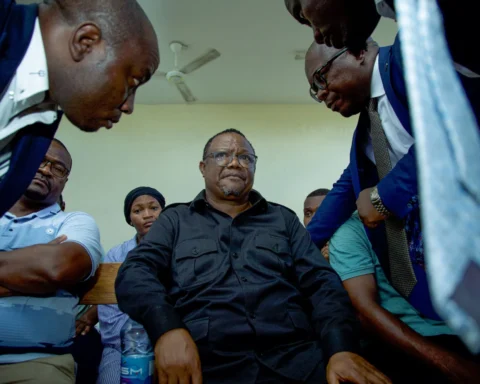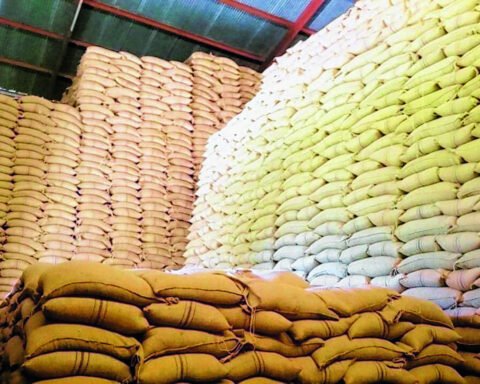Tanzania has witnessed a remarkable rise in gold revenues, fueled by increasing geopolitical tensions worldwide.
Over the past six years, the price of gold has skyrocketed by an average of 88.12%. In times of uncertainty, investors are gravitating towards safe-haven assets, and gold has become a top choice, providing significant benefits to resource-rich nations like Tanzania.
According to recent reports, Tanzania’s gold exports have surged, contributing substantially to the country’s foreign exchange earnings. The Bank of Tanzania revealed that gold accounted for a considerable percentage of total exports in the past year, with demand particularly high from markets in Europe and North America.

Experts attribute this surge to various factors, including instability in major gold-producing regions and rising inflation rates, which have prompted investors to turn to gold as a hedge against economic instability. The Tanzanian government has recognized this opportunity and is working to enhance its mining sector to maximize revenue.
Also Read:https://mediawireexpress.co.tz/china-vows-to-resist-trumps-trade-tariffs/
Officials are optimistic that continued investment in the mining industry, combined with favorable global market conditions, will further boost Tanzania’s economy. However, they also emphasize the importance of sustainable practices to ensure that the benefits of gold mining are felt by local communities.
Tanzania’s mineral wealth became evident in 1898 when a German mining company uncovered significant gold reserves in the greenstone belt of Northwestern Tanzania, specifically in the Geita region The onset of World War I halted all commercial mining activities, which only resumed in the 1920s as control shifted from German to British rule. The first major gold rush occurred in 1922 in Lupa, located in what is now the Mbeya region of Southwest Tanzania.

Initially, the development of the mining sector was dominated by European settlers; however, the 1929 Mining Ordinance marked a turning point by allowing Tanzanians to apply for mining and prospecting licenses. By 1938, it was estimated that there were around 32,000 artisanal small-scale miners (ASM) in Tanzania, with 73% of them working in the Lupa are. During this time, small-scale mining flourished in the southwest, supported by British investments in former German gold mines around what is now known as the Lake Victoria Gold Fields.
Also Read:https://mediawireexpress.co.tz/russia-strengthens-currency-settlements-amid-dollar-decline/
In contrast, the northwest of Tanzania became a hub for large commercial gold mines, along with smaller operations for diamonds, lead, mica, and salt. By 1936, the Geita Mine had emerged as the largest gold-producing mine in East Africa.
The mining industry faced a severe downturn during World War II due to labor shortages and supply chain disruptions, struggling to recover in the aftermath of the conflict .The only exception was the Williamson Diamond Mine in the Shinyanga region, which saw rapid growth during the 1950s.
As geopolitical dynamics continue to evolve, Tanzania stands poised to capitalize on its rich mineral wealth, positioning itself as a key player in the global gold market.







